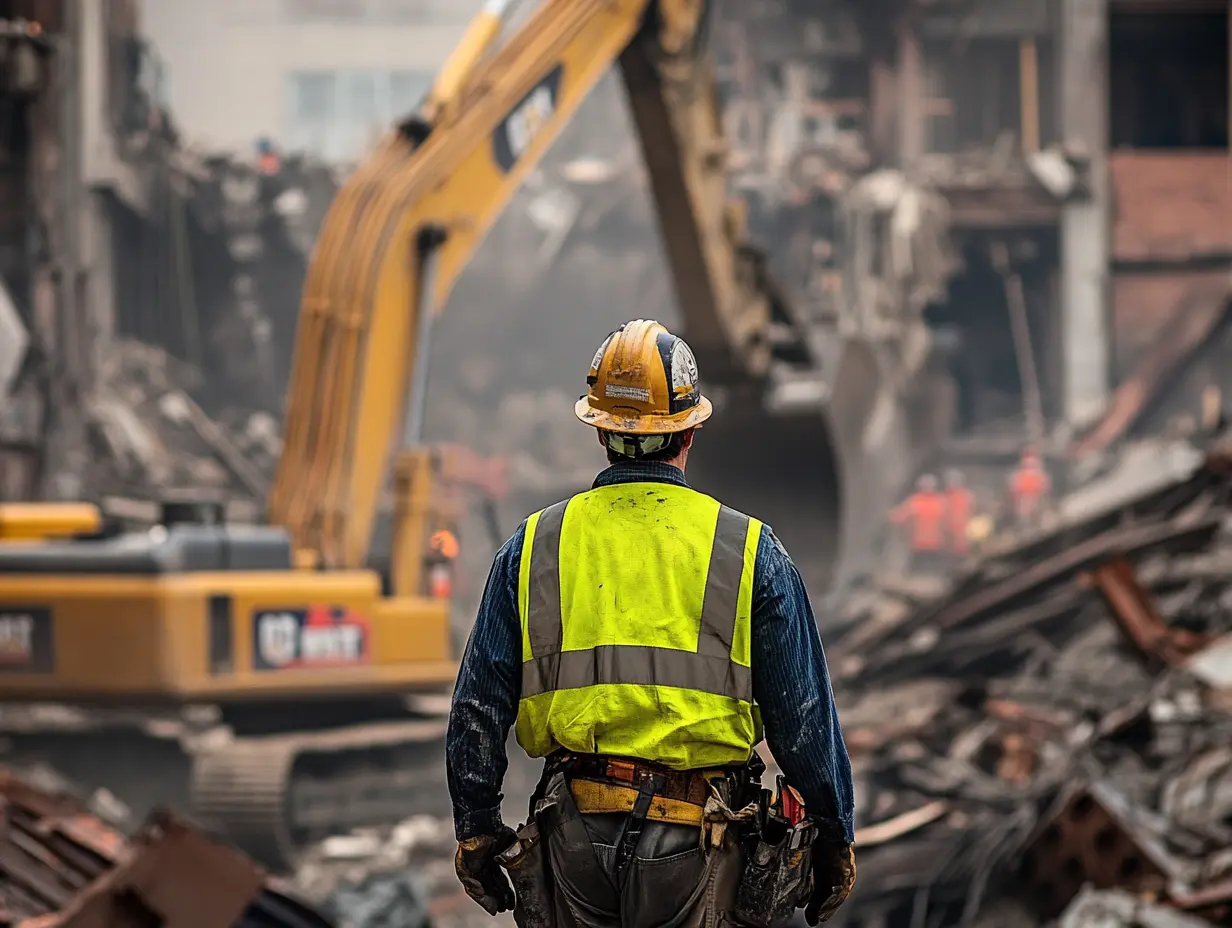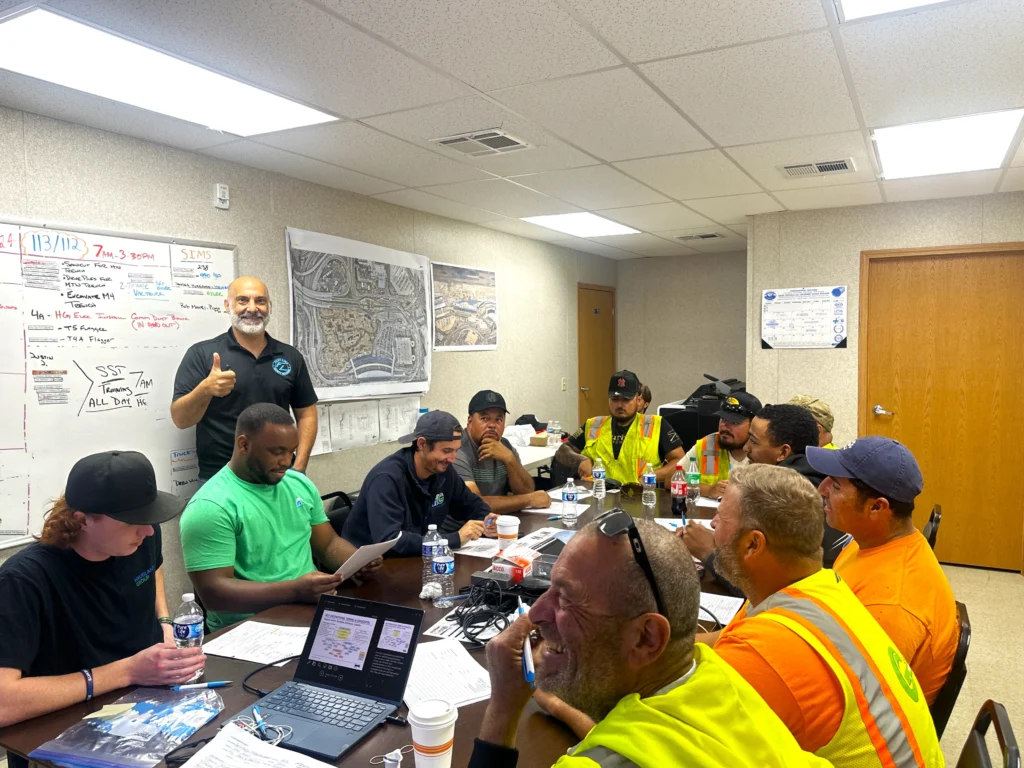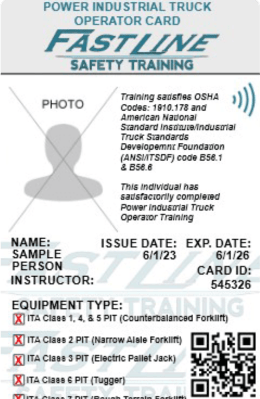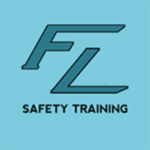
Course Duration
15 Hours
Course Session
2 Session
Language
English, Spanish
Training Type
Classroom Training
Course Overview
The objective of OSHA’s 15-hour Disaster Site Worker Course is to equip workers at disaster sites with an understanding of potential safety and health risks. This includes emphasizing the significance of using respiratory and other personal protective equipment (PPE) and adhering to proper decontamination procedures to minimize these hazards.
Participants will also be trained to effectively support the Incident Command System (ICS) while safely carrying out their job responsibilities. Additionally, they will demonstrate awareness of the impact of traumatic incident stress stemming from working conditions and learn measures to mitigate and reduce this stress.
Fast Line Safety Training delivers high-quality, hands-on training at your location and provides the industry’s preferred operator card.
***Upon successful completion of the course, students will receive a certificate of completion and a permanent card within two to three weeks.***
Additional Course Information
What you'll learn
- Identify and mitigate common hazards at disaster sites
- Proper use and maintenance of personal protective equipment(PPE)
- Basic first aid and CPR for emergency situations
- Effective communication and teamwork within a disaster response environment
- Disaster site safety protocols
- Basic Principles of debris removal and site cleanup
- Stress Management
CEU Credits Earned
1.5
Continuous Education Units
Who should take this course?
This comprehensive course equips individuals with the essential knowledge and skills to safely and effectively participate in disaster relief efforts. This course is designed for a variety of individuals, including:
- Individuals interested in a career in disaster relief
- Volunteers seeking to support disaster relief efforts
- Individuals living in disaster-prone areas
- Professionals working in related fields

Learning Outcomes
- Recognize potential health and safety hazards present at disaster work sites.
- Elaborate on decontamination procedures employed to minimize these hazards
- Promote the implementation of an Incident Command System (ICS) by safely executing job responsibilities.
- Illustrate the proficiency to inspect, conduct a user seal check, and properly wear and remove an air-purifying respirator.
- Identify circumstances and strategies to alleviate traumatic incident stress arising from work at disaster sites.
Course Outline
Lesson 1: Introduction/Overview (1.25 Hours)
This introductory session will provide an overview of the course and its objectives. It will also cover the importance of disaster site worker training and the potential hazards faced in such environments.
Lesson 2: Incident Command System/Unified Command Systems (0.75 Hours)
Introduce the Incident Command System (ICS) and Unified Command Systems (UCS), which are organizational structures used to manage emergency incidents. Participants will learn about the various roles and responsibilities within these systems and how they work together to coordinate response efforts.
Lesson 3: Safety Hazards (2.5 Hours)
This module will cover the various safety hazards that can be encountered at disaster sites, including structural collapse, electrical hazards, fire hazards, and other physical dangers. Participants will learn how to identify and mitigate these hazards to protect themselves and others.
Lesson 4: Health Hazards (2.0 Hours)
This Lesson will discuss the potential health hazards present at disaster sites, such as exposure to hazardous materials, biological agents, and other contaminants. Participants will learn about the signs and symptoms of these hazards and how to protect themselves from exposure.
Lesson 5: CBRNE Agents (1.0 Hours)
An overview of chemical, biological, radiological, nuclear, and explosive (CBRNE) agents and their potential impacts. Participants will learn about the different types of CBRNE agents, their characteristics, and how to recognize and respond to incidents involving these agents.
Lesson 6: Traumatic Incident Stress Awareness (0.5 Hours)
The psychological impact of working in disaster environments and the importance of self-care and stress management. Participants will learn about the signs and symptoms of traumatic stress and how to access support resources.
Lesson 7: Respiratory Protection (3.5 Hours)
Provide in-depth training on respiratory protection, including the selection, use, and maintenance of respiratory protective equipment. Participants will learn about the different types of respirators, their limitations, and how to ensure proper fit and function.
Lesson 8: Other Personal Protective Equipment (1.25 Hours)
We will cover other types of personal protective equipment (PPE) that may be necessary for disaster site workers, such as gloves, eye protection, and protective clothing. Participants will learn about the different types of PPE, their uses, and how to select and wear them properly.
Lesson 9: Decontamination (1.5 Hours)
The process of decontamination, which is the removal of hazardous materials from personnel and equipment. Participants will learn about the different methods of decontamination, including physical, chemical, and biological decontamination.
Lesson 10: Final Exercise (0.75 Hours)
This final exercise will provide participants with an opportunity to practice the skills and knowledge they have learned throughout the course. The exercise will simulate a disaster site scenario and allow participants to work together as a team to respond to the incident.
Pricing
Group
Minimum 5 person per class-
We Come to You
-
Schedule Flexibility
-
Hands-on Training
Inquire about setting up a private class for your team and ask about group discounts.
To successfully complete the training, students must:
- Earn a minimum score of 75% on the final evaluation.
- Complete 100% of the required course content.
- Completion of required pre-and post-quiz assessment
- Actively participate in all written and practical learning activities.
- Completion of Continuing Education and Training Registration Form
Please note that no make-up time will be provided for missed assignments or activities.
The Preferred Equipment Operator Card

QR Code/ NFC Technology
Digital ID Card: Quickly scan your card with any smartphone camera to experience the convenience of your digital identification profile.
Blockchain Protected
Blockchain-protected: Experience the next generation of security. Leveraging the power of blockchain technology, your cards are encrypted and tamper-proof, ensuring your information is always safe.
ID Cards with Face Photo
Full-resolution ID Cards: Fast Line Safety Training issues A standard identification card featuring a full-color photograph of the individual.
Completion cards are valid for 3 years and in all 50 states.
We are the only providers issuing such permanent cards.
Book your next training course with us.
Fill out the form below or call us at (631) 393 – 6755
to set up your training session!
l out the form below or
call us at (631) 393 – 6755
to set up your training session!

Frequently Asked Questions
What safety equipment is typically required for this work?
Essential safety equipment can include hard hats, safety glasses, gloves, steel-toed boots, high-visibility vests, and respiratory protection. Specific requirements may vary depending on the type of disaster and the tasks involved.
What are the potential risks and hazards associated with this type of work?
Potential risks include exposure to hazardous materials, structural collapse, electrical hazards, and the risk of injury from accidents or falls.
What are the typical duties of a Disaster Site Worker?
Disaster Site Workers perform a variety of critical tasks, including debris removal, structural stabilization, and assisting with the recovery and restoration of affected areas. They may also be involved in search and rescue operations, providing essential support to emergency responders and those impacted by the disaster.
Will I receive any certifications upon course completion?
Yes, upon successful completion of the course, you will receive a certificate of completion. This certificate can be valuable documentation for employment purposes or for volunteer organizations




